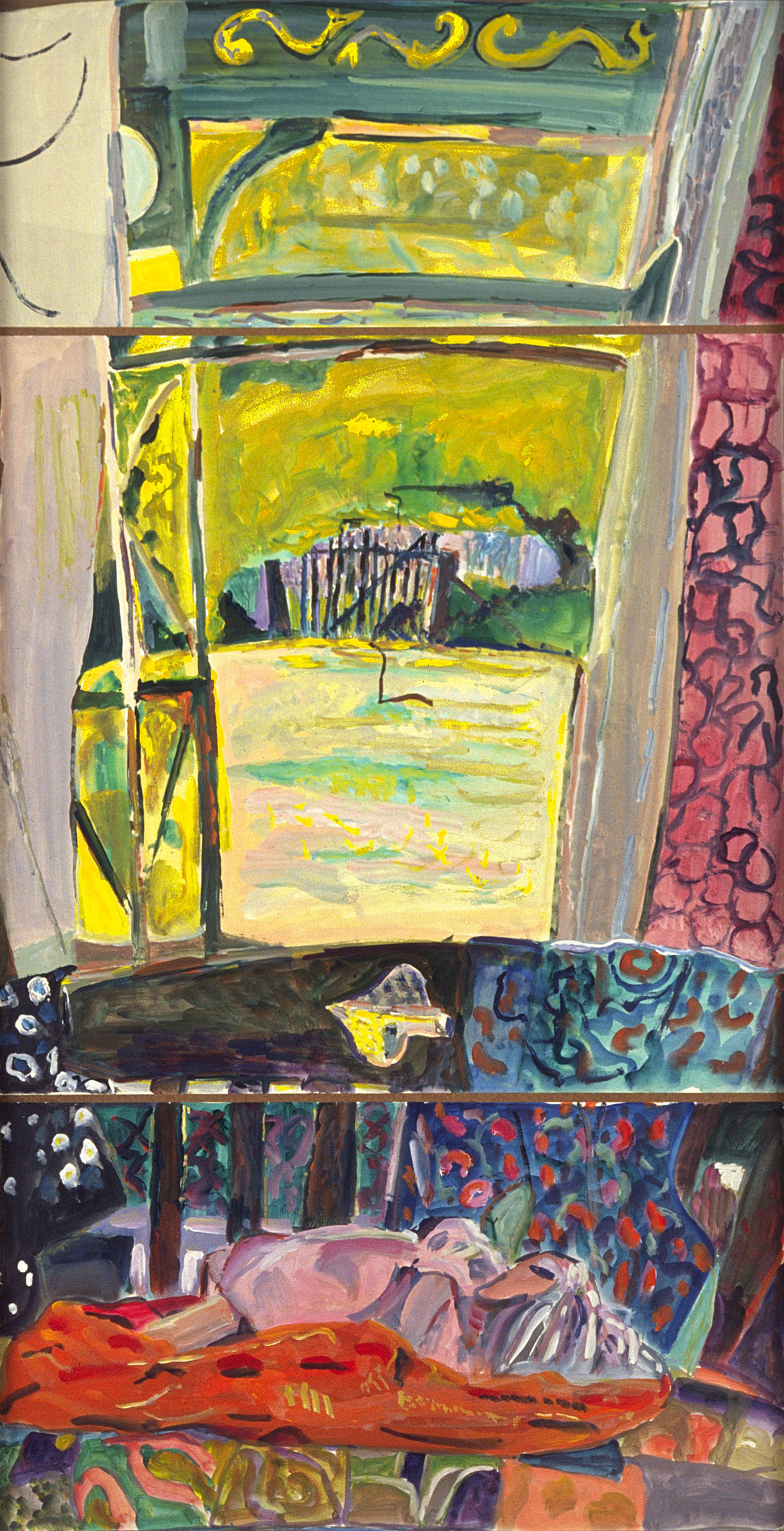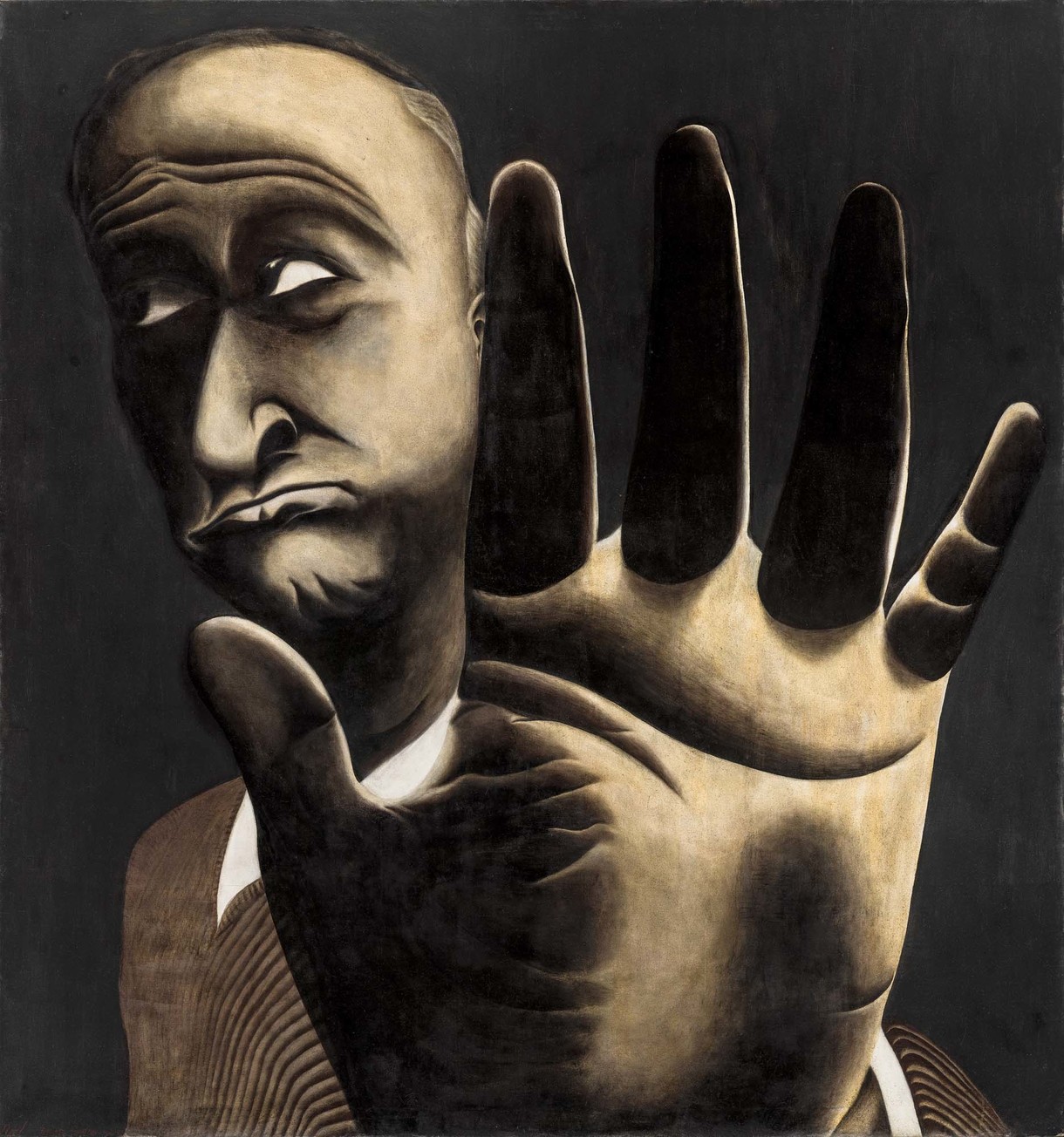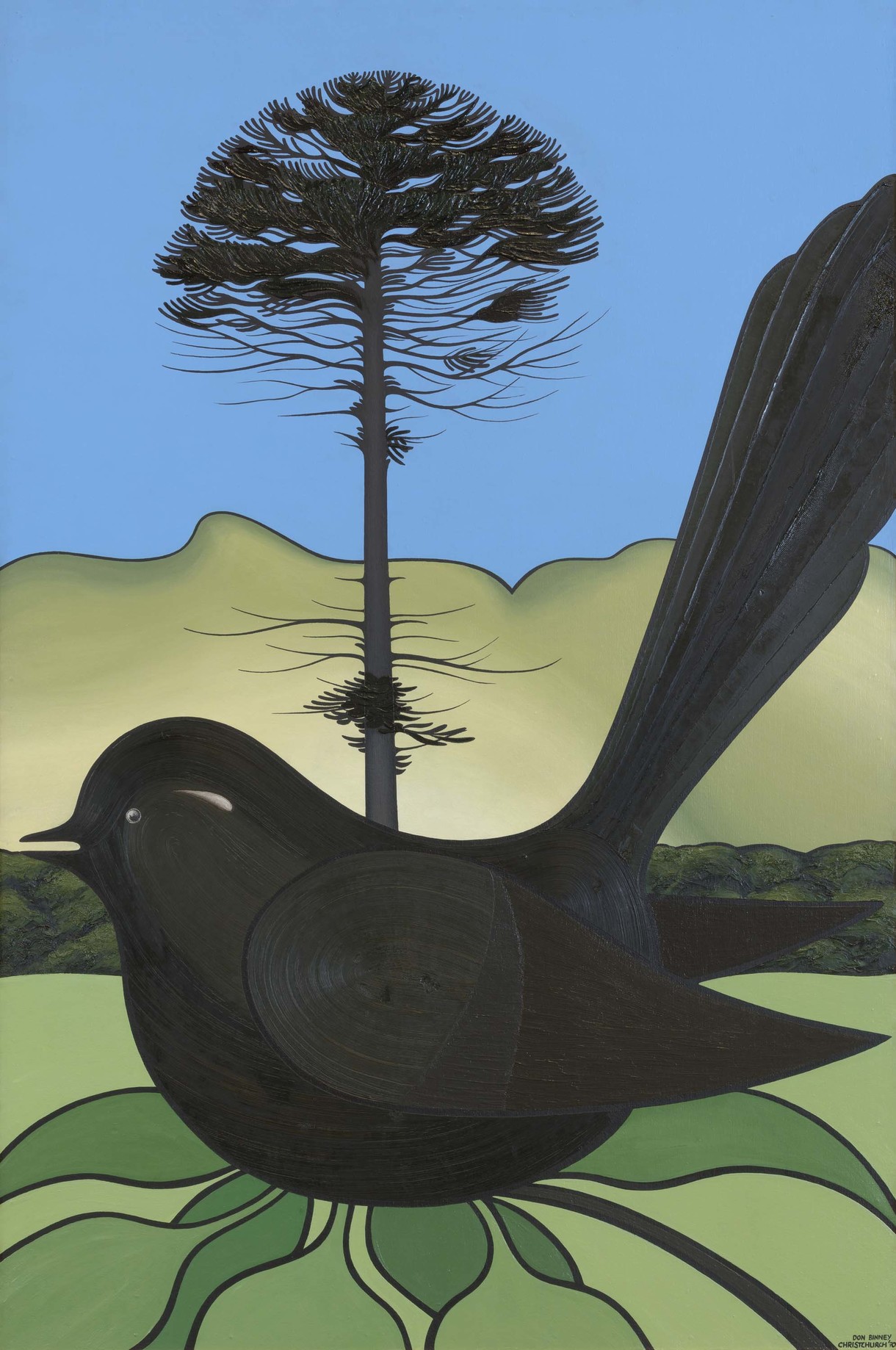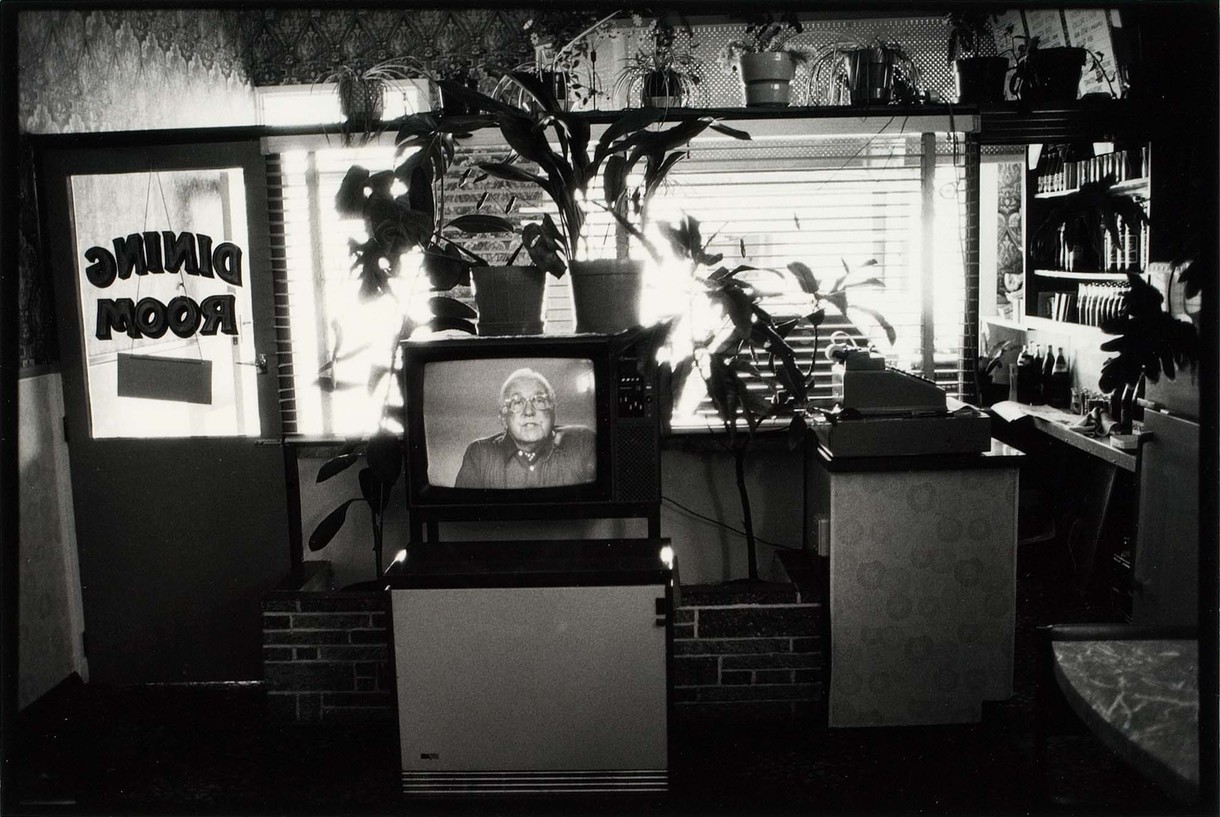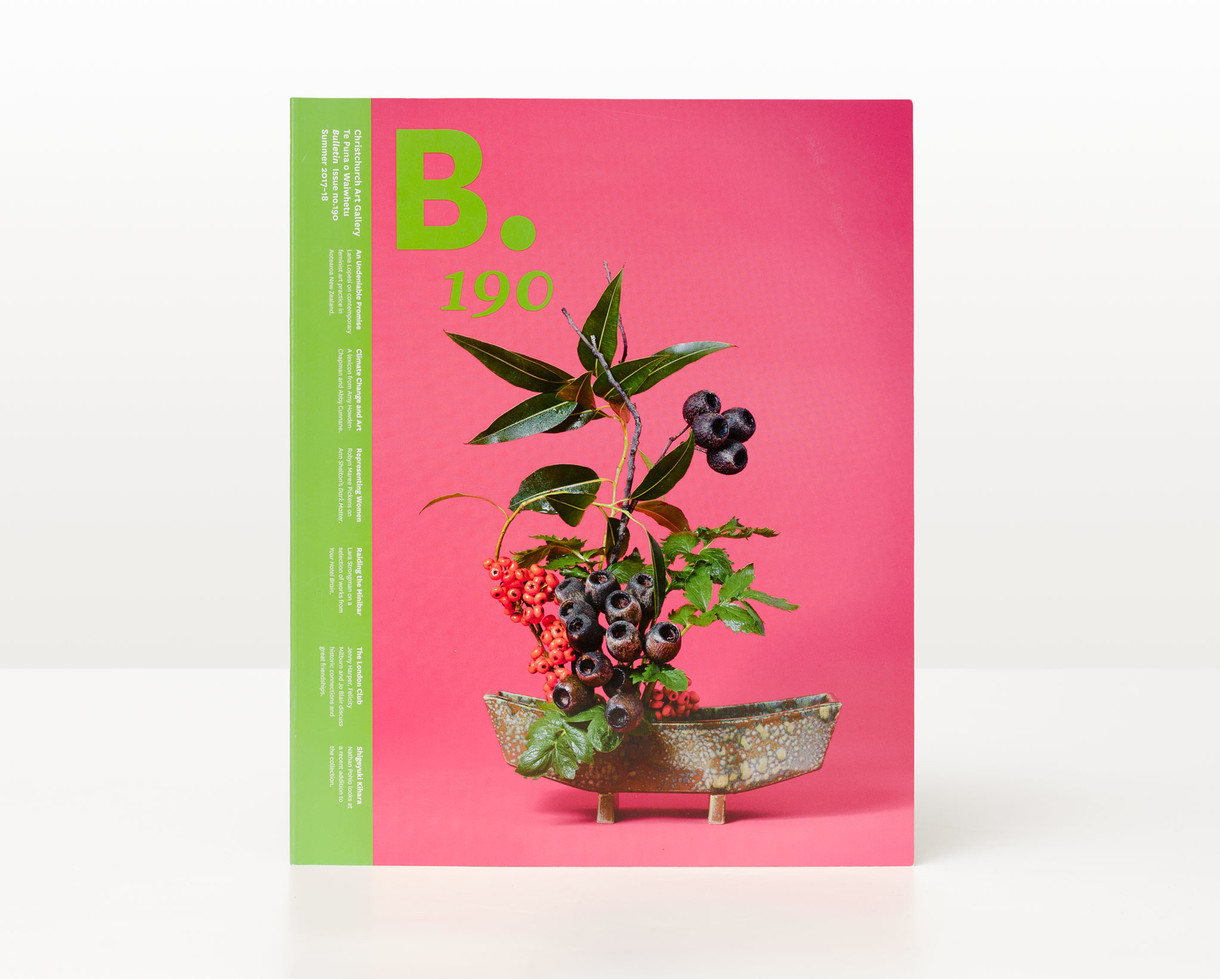Olivia Spencer Bower's Menzies Bay
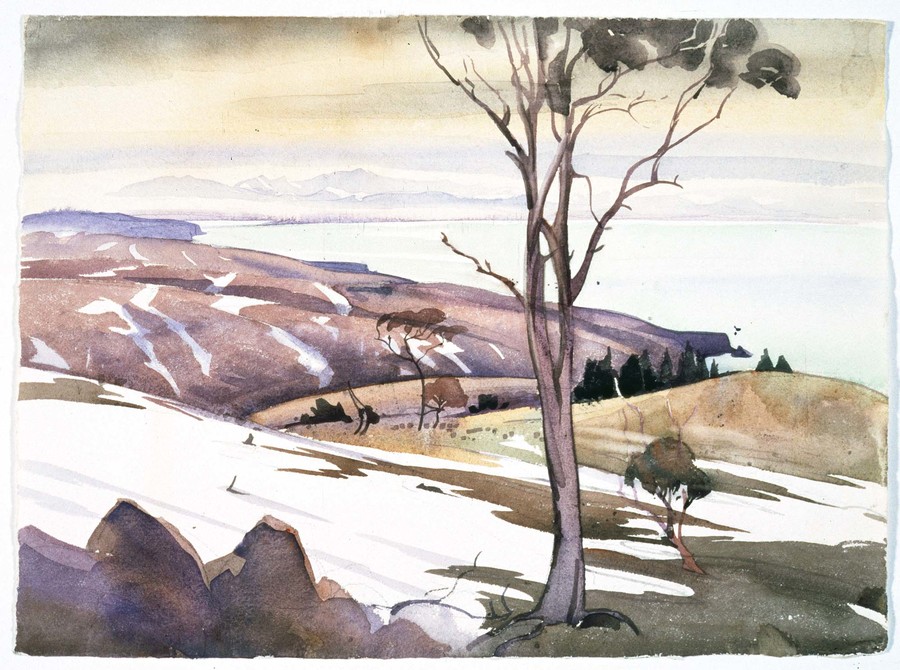
Olivia Spencer Bower Menzies Bay c.1938. Watercolour and pencil. Collection of Christchurch Art Gallery Te Puna o Waiwhetū, purchased 1999
This work of art paints connections for me – to people, to this landscape and this place. My great-great-grandparents John Henry Menzies and Francis Elizabeth Menzies settled here in the 1870s. I was intrigued to discover that, way back then, the Christchurch parochial attitude was already well established. When he purchased the land John Henry encountered difficulty at the land office; he wrote, ‘A map was the first step. I was a stranger. You must not, even now be a stranger in Canterbury. Not one of the clerks would take any notice of me. It was entirely a case of favouritism.’1
John Henry Menzies was a prolific carver. He carved the interiors of several houses at Menzies Bay including Rehutai, which is now sadly derelict but beautifully recorded in a photograph by Neil Pardington. John Henry also built and carved St Luke’s church at Little Akaloa. My brother, Tim Wraight, is an artist and carver and inherited his eye, skill and tools.
My grandfather, Bob Thorpe, spent much of his childhood at Menzies Bay, surviving one of the homestead’s fires. His youngest sister, my great aunt Dr Paddy Bassett, recalls living at Rehutai, being taught by a governess and sleeping out on the veranda, which is why she still sleeps with the window wide open.
Coincidentally, Olivia Spencer Bower was friends with Paddy. Olivia and Paddy’s late husband Collin were friends in their youth, and Olivia stayed with them in Hamilton. Paddy had not known she had painted Menzies Bay.
The painting has a Japanese painterly quality, a beauty in its pared back simple colour washes. The fine eucalypt trees on the solid landforms. The soft curves of the snow with a slight melancholy to the stripped landscape. The weight in the valley base, a hint of those deep-cut bays of Banks Peninsula. It is a beautiful watercolour of a place connected.






